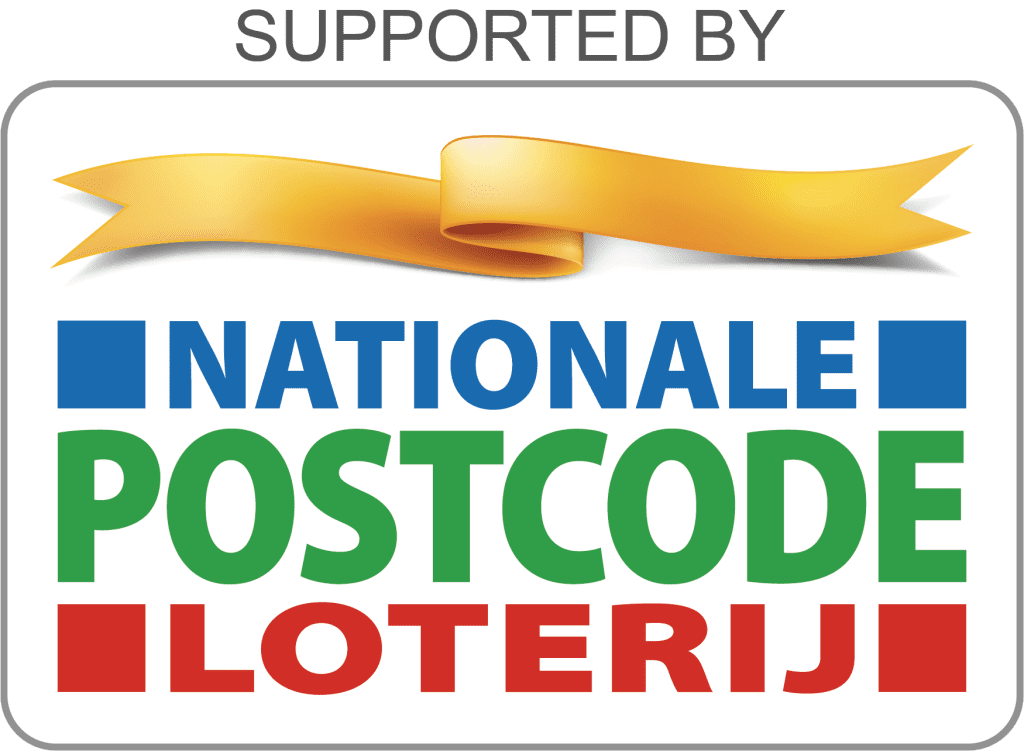Safety & Security Programme: protecting environmental defenders
13 January, 2026

Safety & Security Programme: protecting environmental defenders
13 January, 2026
Restoring mangroves on Bonaire: towards a more climate-resilient…
30 December, 2025
Tuesday 10 april 2018
Header photo: Golden lion Tamarin © Luciano Candisani
Brazil’s Atlantic rainforest in the state of Rio de Janeiro is home to numerous exceptional species of animals and plants. But the area is under enormous pressure due to the rise in human population, urban sprawl and expanding agricultural areas. As a result, the rainforest has been reduced to 7.3 percent of its original forest cover. One of the most charismatic forest inhabitants is the golden lion tamarin. Population density and deforestation have led to enormous fragmentation of the primate’s original habitat: a staggering 80 percent of the remaining forest is in tiny fragments of less than 50 hectares, which is too small to support a healthy tamarin population.
For the past 20 years, our local partner Associação Mico-Leão-Dourado (AMLD) has led efforts to conserve endangered golden lion tamarins. Supported by IUCN NL’s land purchase programme and SavingSpecies, AMLD takes action towards restoring degraded forests and creating and protecting corridors between the remaining forest fragments
Thanks to the efforts of AMLD, the protected forest areas currently cover a connected area of over 13,000 hectares. The expansion of the golden lion tamarin’s habitat has allowed the primate to thrive. The wild population has risen to 3,200, twenty times more than compared to the historic low of the 1990s. The first milestone was achieved in 2003: the status of the golden lion tamarin on the IUCN Red List of Threatened Species changed from ‘critically endangered’ to ‘endangered’. The 3,200 golden lion live in four separate forest fragments. This number of tamarins would be sufficient to save the species from extinction if the forest fragments are reconnected.
In order to view this movie you have to accept ‘Social media and advertising’ cookies. Click here to change your cookie settings.

13 January, 2026
Environmental Human Rights Defenders are globally under severe threat. To help address this, IUCN NL initiated a three-year programme in…
30 December, 2025
Bonaire struggles severely with a range of environmental issues, including overgrazing and resulting erosion. Sabine Engel with Mangrove Maniacs and…
